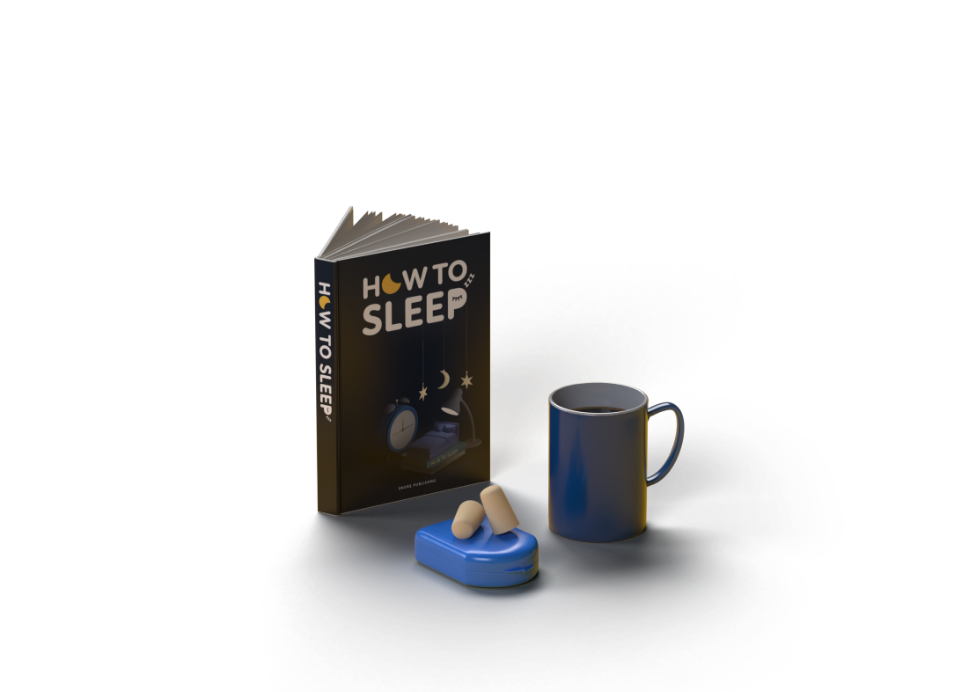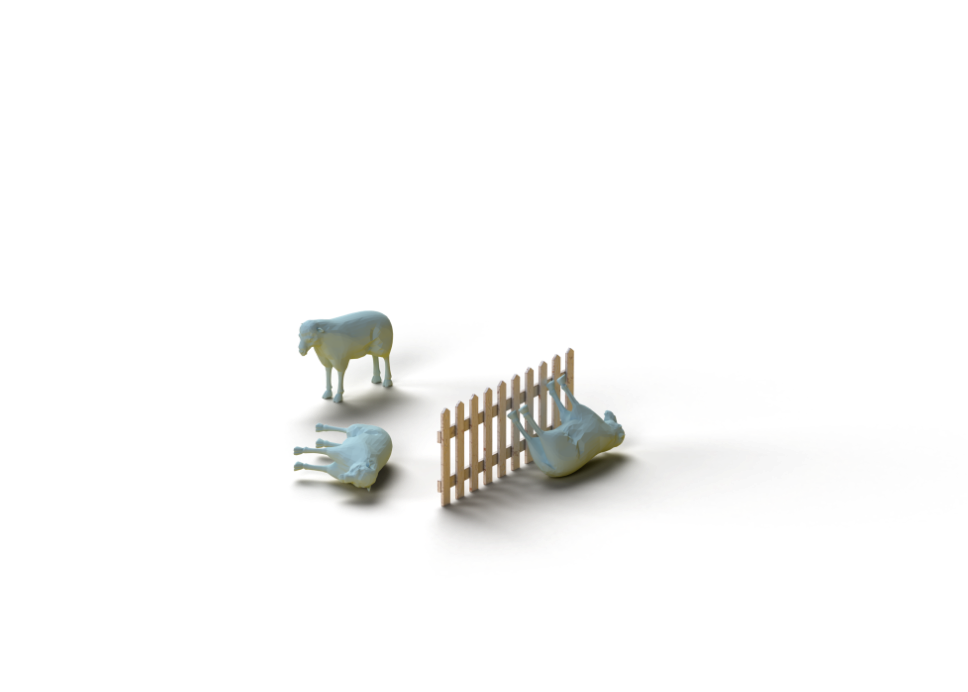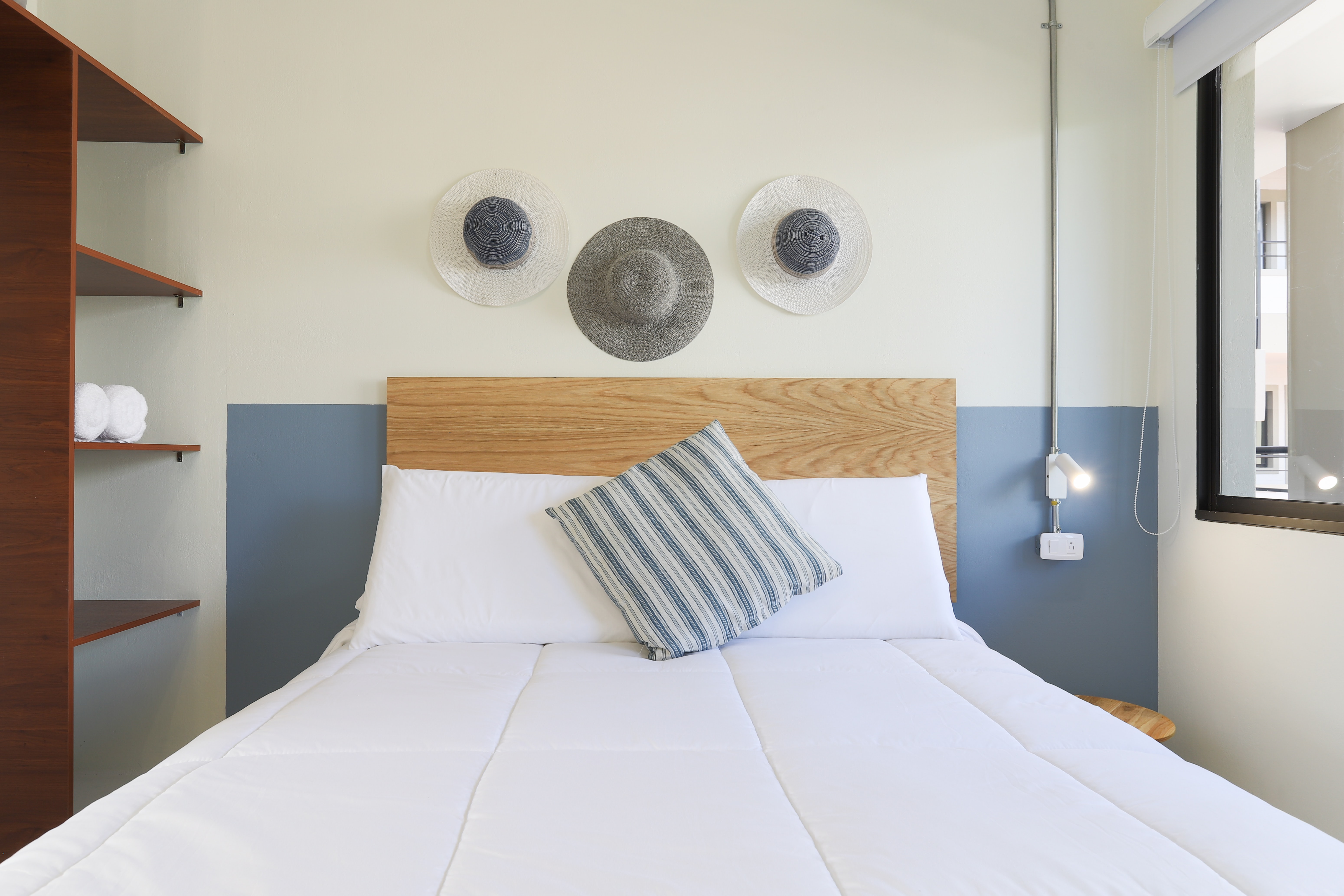
How to clean a mattress
Learn moreWe all know how important getting a good night’s sleep is to our general health, but how do you ensure you get a healthy amount of sleep each night? Maybe you’re careful to avoid using electronics too close to bedtime, or make sure you create a quiet, dark environment to nod off in.
What if we told you that in spite of these best efforts, every night you’re climbing into a bed that’s potentially infested with millions of bugs, skin cells and dust particles – are you still getting a good night’s sleep?
Having a clean mattress may not be your first thought when it comes to creating optimal sleeping conditions. But keeping a clean mattress can provide lots of health benefits, as well as giving you the peace of mind that you’re sleeping in a hygienic environment every night.
In this guide, we will outline the key benefits of keeping your bed clean, and give you a step-by-step routine to best protect and clean your mattress.

Chapter 1
A step-by-step cleaning process
So, how do you set about cleaning your mattress? Follow our simple five-step process to ensure it looks good as new:
1) Remove and wash the sheets. The first step is to strip the bedding and wash the sheets using a washing machine. It’s recommended you should clean your sheets once or twice a fortnight to maintain healthy sleeping conditions.
2) Vacuum. Once the mattress has been stripped, use your vacuum cleaner to remove the millions of skin cells, dust mites and other irritants that will likely be lurking in the fabric. For the most effective clean, use your vacuum’s upholstery attachment. The felted fabric strip will help to remove dust particles and take some of the strain out of the process.
3) Stain removal. If you have noticed any stains on the surface which haven’t been dealt with, now is the time to tackle them. Use a stain remover and dab the affected area with a clean cloth, before blotting the stain with a wet cloth to help lift it away.
To keep your mattress as clean and hygienic as possible, any stains should be dealt with as soon as they happen. This will also give you the best chance of removing them completely before the stain sets in.
4) Apply baking soda. Next, some experts recommend sprinkling baking soda across the entire surface of your mattress. This will help to absorb any moisture and remove lingering odours. Apply the baking soda and leave the mattress alone for a few hours for the most effective results.
5) Re-vacuum. The fifth and final stage is to pick your vacuum up again and remove all of the baking soda from the fabric of your mattress. Again, using your upholstery attachment, be sure to get into every crevice to completely remove the baking soda and any lingering dust.
If you have a double-sided mattress, be sure to flip it over and repeat these steps on the other side.
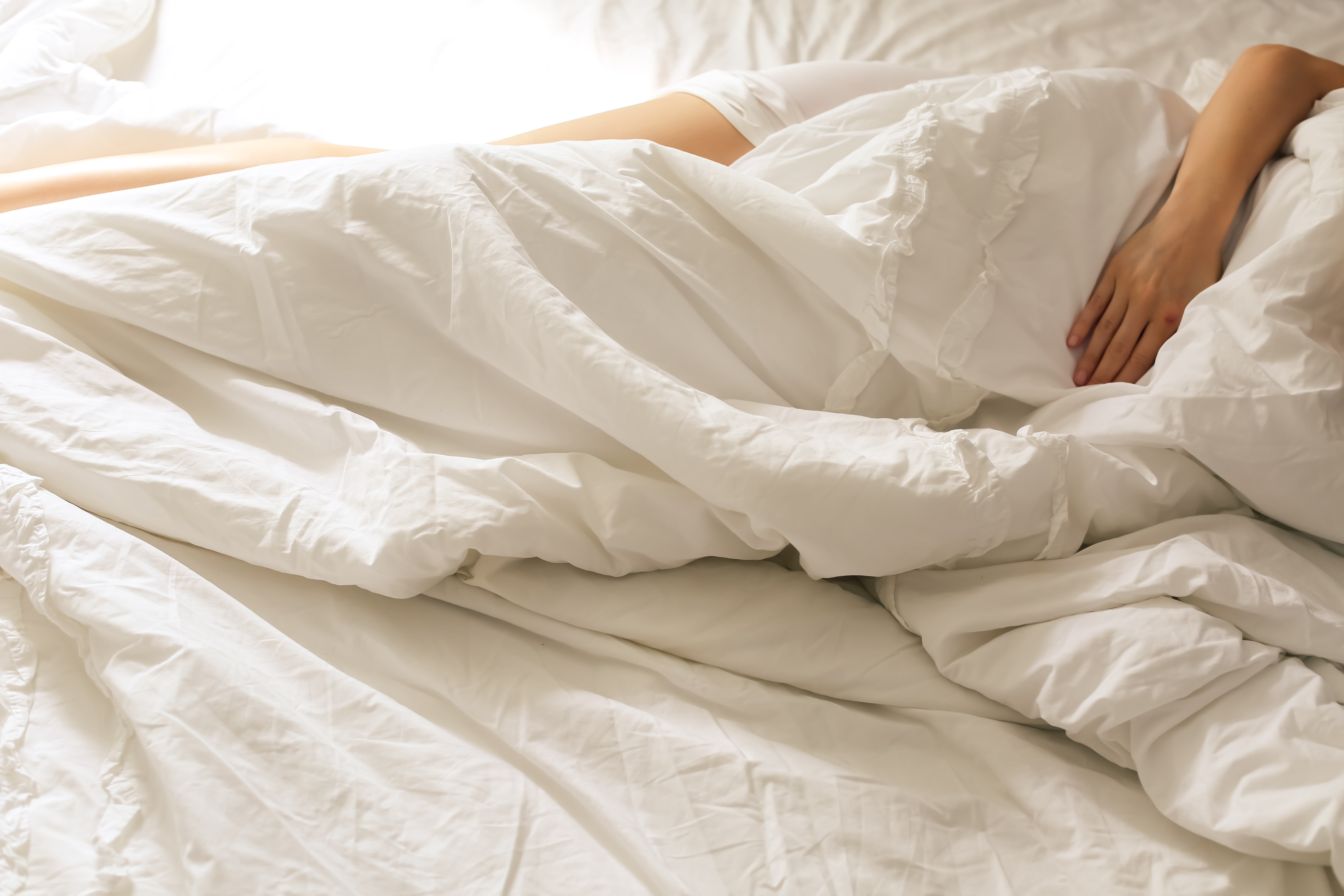
Chapter 2
How often should you clean your mattress?
Experts recommend that you clean your mattress at least once every six months, but this timeframe should only be used as a rough guide. If you suffer from allergies, you should consider cleaning your mattress more regularly to avoid any build up of dust mites or other potentially harmful allergens.
If you make a noticeable spill or stain on your bed, then do not wait another six months to deal with it. Caring for your mattress should be an ongoing process, rather than a strict bi-annual undertaking.
Your lifestyle might also dictate how often you should be cleaning your mattress. Households with pets who like to climb onto the bed will generally need to pay more attention to their mattress cleaning, as pet hair can easily collect in the fabric.
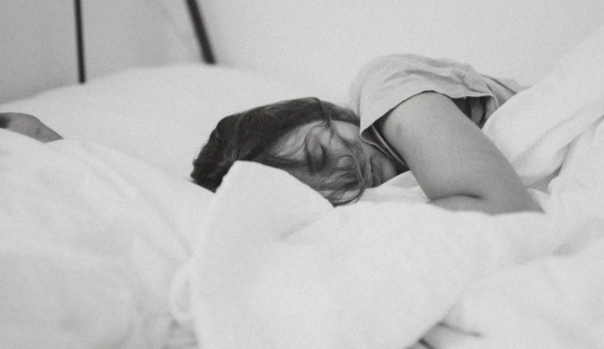
Chapter 3
Benefits of a clean mattress
Here’s something to keep you up at night. Studies by Ohio State University suggest there could be as many as 10 million dust mites living in your mattress. Whilst dust mites don’t pose an immediate health risk, the bugs and their droppings can be a potential trigger for allergic reactions.
The dust mites are just the tip of the bacteria-ridden iceberg. With the average adult producing 26 gallons of sweat in bed each year, your mattress can be a breeding ground for harmful bacteria. A seven-year-old mattress can typically harbour up to 16 million units of colony-forming bacteria per square inch. These have been found to include gram-positive cocci and bacilli, which can be the cause of food poisoning and nasty infections.
When sweat seeps into the mattress, it creates favourable conditions for fungi and mould to thrive. These can cause allergic reactions and make us feel poorly, further affecting our quality of sleep.
Beyond all of the health benefits of a clean mattress, the better care you give it, the longer it’s likely to last, thus saving you money on replacements in the long run.
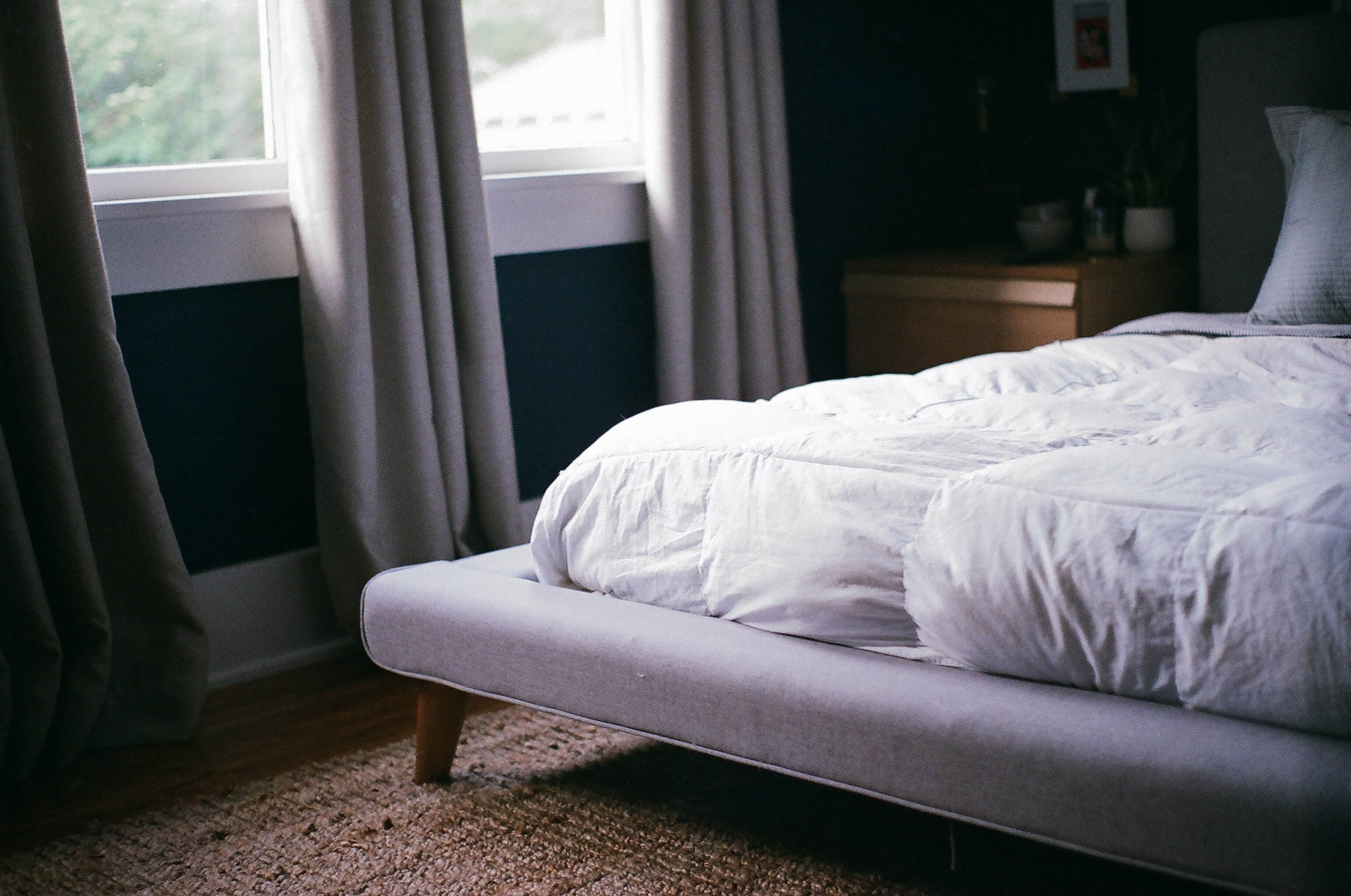
Chapter 4
Advice for protecting your mattress
Besides regular cleaning, there are several things you can do to protect the longevity and cleanliness of your mattress.
Don’t eat in bed. Eating in bed can encourage unwanted guests to find a home in your bedding and mattress. Even a small spill or handful of crumbs can be enough to attract pests which can affect the cleanliness of your mattress.
Mattress toppers. One of the most effective forms of protection is a mattress topper. Not only does this extra layer reduce the pressure on the springs and fabric of your mattress, it can also act as a shield for stains and allergens. A topper will be much easier to clean, as most can be cleaned with your bedding in the washing machine. They also have the added benefit of providing another level of comfort.
Deal with any spills immediately. Whenever we spill something in bed, many of us take the shortcut of just dabbing at the sheets with a cloth or worse still, simply letting it dry. Spills should be dealt with as quickly as possible to avoid stains setting in. Not only should you remove and wash the sheets, but you should also tend to the affected area on your mattress. Failing to deal with spills can create more work for you further down the line, and also contributes to an unhygienic sleeping environment. If you use a waterproof mattress topper, chances are any spills won’t reach your mattress, and the topper can simply be removed and washed on its own.
